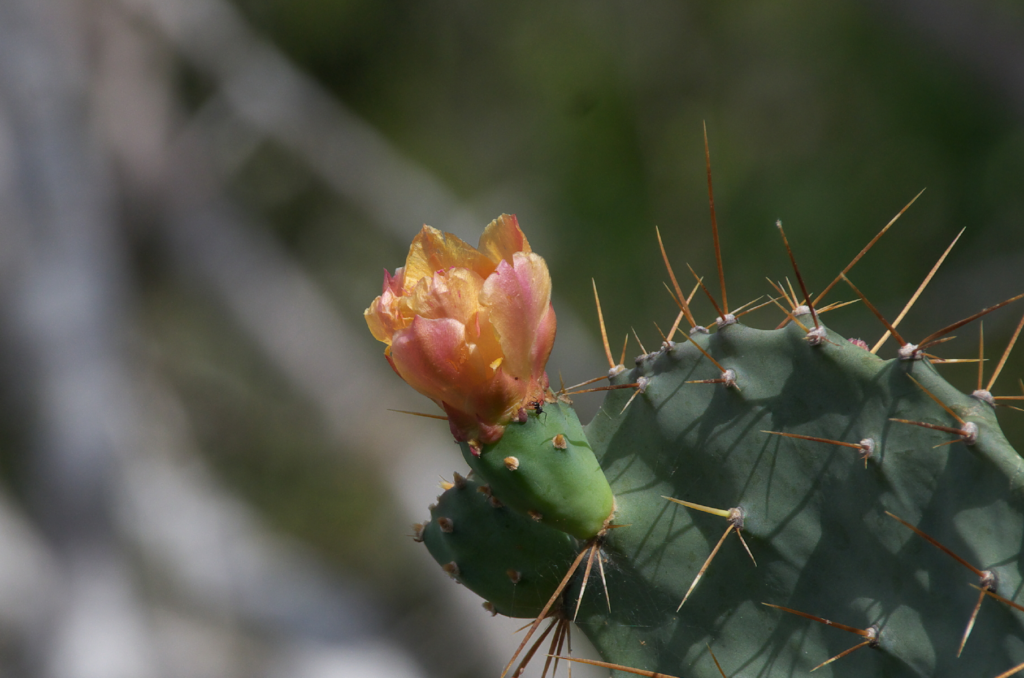The Opuntia Cactus Aruba (Prickly Pear), locally known as “Tuna Cactus,” is a distinctive and useful plant found across Aruba’s arid landscape. Recognizable by its flat, paddle-shaped stem segments stacked on top of one another, this cactus is valued for both its nutritious fruit and medicinal properties.
The Opuntia Cactus is easy to recognize due to:
The Opuntia Cactus, or Tuna Cactus, is more than just a desert plant—it is a source of food, medicine, and ecological stability. Whether seen growing wild in the mondi or harvested for its sweet fruit, this cactus remains a valuable part of Aruba’s natural heritage.
